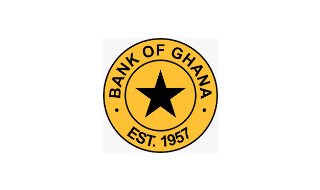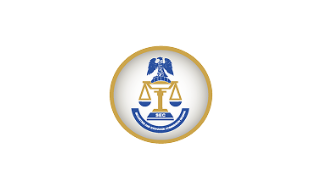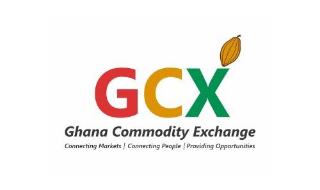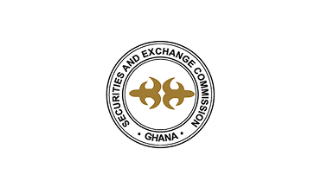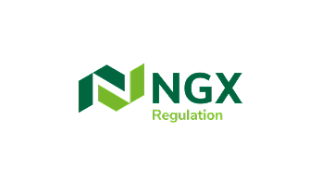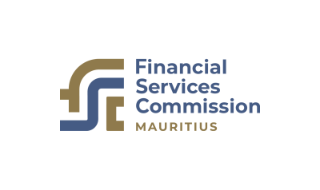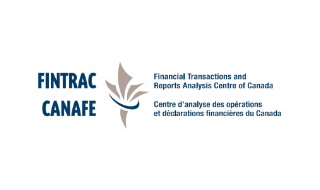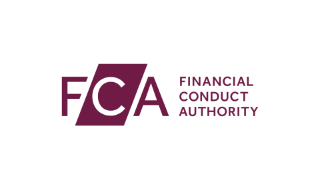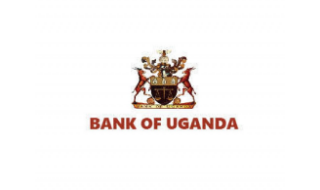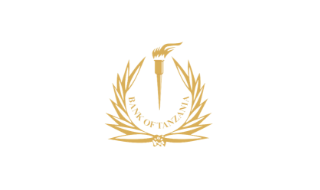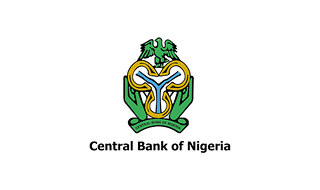
Global markets are turning once again toward Africa, and this time, it’s the U.S. Federal Reserve driving the wave. As the Fed prepares to cut rates, U.S. Treasury yields have slipped to around 4.2%, pushing investors to hunt for higher returns across emerging markets. What’s emerging is a clear Africa bond market comeback, a revival powered by falling global yields, renewed investor confidence, and tightening spreads across key economies. Africa’s bond markets are responding fast, and the numbers show just how quickly capital is coming back.
South Africa Draws Billions as Yields Stay Attractive
South Africa’s 10-year government bond yield, now near 8.9%, continues to attract global inflows. Foreign holdings of South African bonds rose by roughly R139 billion (≈ US$7.9 billion) in the 18 months to mid-2025, marking one of the strongest rebounds in emerging-market participation since the pandemic era (Bloomberg, 2025). The yield spread between South African and U.S. 10-year bonds, about 470 basis points, is helping foreign investors lock in high real returns while inflation stabilizes below 5%.
Nigeria’s Eurobond Revival Signals Renewed Confidence
Nigeria is seeing renewed activity in its Eurobond curve. In early 2025, Nigeria successfully priced US$2.2 billion across two tranches, a 6.5-year at 9.625% and a 10-year at 10.375%, after attracting peak order books exceeding US$9 billion (Proshare, 2025). Those yields have since compressed, with secondary-market trading around 9.1%–9.7% by mid-2025 (Nairametrics, 2025). This shift signals renewed foreign demand and an improving perception of Nigeria’s risk premium after two years of double-digit borrowing costs.
Benin’s Breakthrough: Frontier Access Restored
Neighbouring country Benin made headlines as the first African sovereign to issue debt in 2025. In January, it sold US$750 million of dollar-denominated Eurobonds at 8.625%, well below early market expectations of 9.25–9.375% (Bloomberg, 2025). The issuance drew strong demand from institutional investors, with the order book reportedly oversubscribed several times, underscoring how lower U.S. rates are reopening market access for smaller, well-rated frontier issuers.
Together, these moves highlight a clear shift: Africa’s fixed-income markets are back on investors’ radar. The math is compelling, a 4% U.S. benchmark versus 8–10% African yields, a weaker dollar reducing hedging costs, and tightening spreads that reward early entrants. If the Fed delivers its expected rate cut, the cost of money will fall worldwide, and Africa’s yield premium will look even more irresistible.
